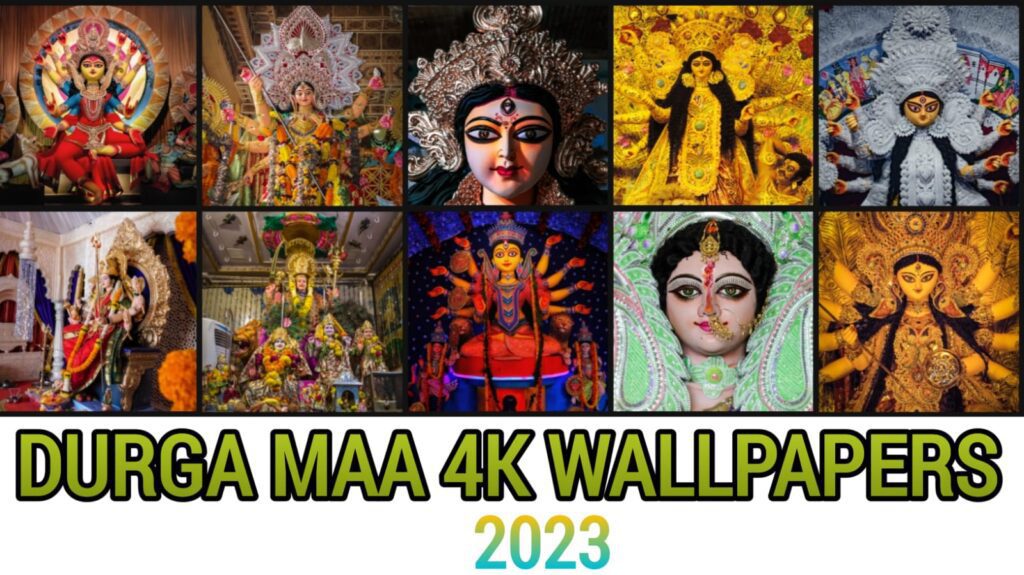

Durga Maa is one of the most popular and revered Hindu goddesses. She is worshipped as the embodiment of strength, power, and protection. Durga Maa is often depicted as a warrior goddess riding a lion, holding a variety of weapons, and slaying demons. She is also known by many other names, including Shakti, Parvati, and Amba.
Significance of Durga Maa:
Durga Maa is worshipped by Hindus all over the world, and she is especially revered during the Navratri festival. Navratri is a nine-day festival that celebrates the victory of good over evil, and Durga Maa is the central figure in this festival.
Durga Maa is also worshipped as a symbol of female empowerment. She is a strong and independent goddess who is not afraid to stand up for what she believes in. Durga Maa is an inspiration to women all over the world, and she shows that women can be just as powerful and capable as men.
History and Iconography of Durga Maa:
The history of Durga Maa can be traced back to the ancient Vedic texts. In the Rig Veda, Durga Maa is mentioned as a goddess of war and destruction. She is also associated with the goddess Kali, who is known for her fierce and destructive nature.
Over time, Durga Maa evolved into a more benevolent goddess. She is now seen as a protector of the good and a destroyer of evil. Durga Maa is often depicted as a beautiful woman with multiple arms, each of which holds a different weapon. She is also often shown riding a lion, which is a symbol of strength and power.